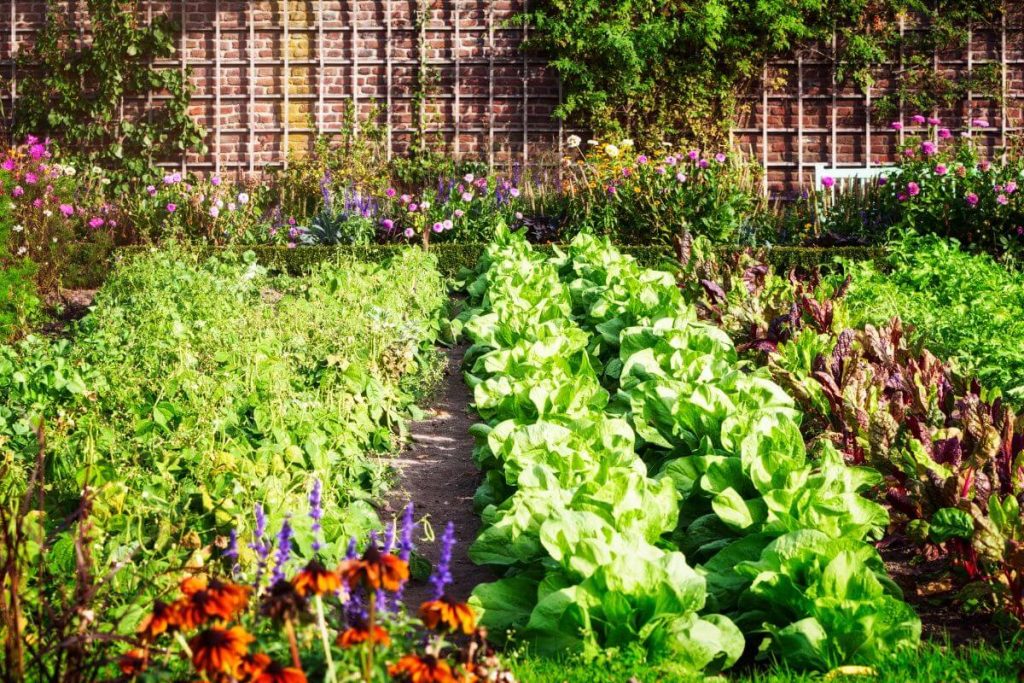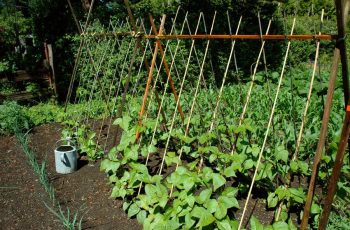Are you eager to enjoy fresh vegetables? Growing your own food is a fantastic way to save money, eat healthier, and embrace a sustainable lifestyle. This guide will walk you through the essentials of starting a vegetable garden from scratch, including site selection, soil preparation, pest management, and more.

Key Points for Starting Your Vegetable Garden
- Sunlight: Choose a location that receives at least 6 hours of sunlight daily.
- Start Small: Begin with a small plot and focus on a few types of vegetables to avoid overwhelm.
- Soil Preparation: Clear the area of weeds and debris, then enrich the soil with compost.
- Choose Your Vegetables: Select vegetables you enjoy eating, such as tomatoes, lettuce, and radishes.
- Harden Off Seedlings: Gradually acclimate seedlings grown indoors to outdoor conditions before planting.
- Watering: Water your garden early in the morning to ensure plants receive adequate moisture.
- Pest Control: Regularly check for pests and use natural methods to protect your plants.
Choosing the Right Location
Most vegetables thrive in sunny areas with protection from wind. Ensure your garden site is level and has good drainage to prevent waterlogging. Access to water is also important for easy irrigation.
Determining Garden Size
The size of your garden should match your goals and available space. Starting with a manageable size, like 4×4 or 4×8 feet, allows you to learn and refine your gardening skills without feeling overwhelmed.
Preparing the Soil
Healthy soil is crucial for plant growth. Clear the area of existing vegetation, till the soil to break up compaction, and incorporate organic matter like compost to enhance fertility and structure. Testing your soil can help determine what amendments are needed.
Selecting Vegetables to Grow
Choose vegetables that you love to eat and that are suited to your climate. Popular choices for beginners include potatoes, tomatoes, lettuce, and radishes. Focus on a few varieties to start, gradually expanding as you gain experience.
Planting Your Vegetables
Different vegetables have unique planting requirements. Prepare your garden site by breaking up the soil and removing stones. For plants started indoors, harden them off before transferring them outside to acclimate to outdoor conditions.
Watering Your Garden
Water your vegetable garden in the early morning to help prevent evaporation. Deep watering less frequently encourages roots to grow deeper. Rainwater is preferred, so consider setting up rain barrels for collection.
Managing Pests and Diseases
Monitor your plants regularly for signs of pests. Healthy plants are better able to resist disease, so keep them well-watered and weed-free. Use protective covers if necessary to shield your crops from pests.
Exploring Other Gardening Options
Consider alternative gardening methods like container gardening for limited spaces, raised beds for easier maintenance, or hydroponics for soil-free options. Each method has its own benefits and can be tailored to your gardening goals.

Conclusion
Starting a vegetable garden is a rewarding and enjoyable endeavor. With some planning and dedication, you can cultivate fresh produce right in your backyard. Embrace the learning process, and enjoy the fruits of your labor!



